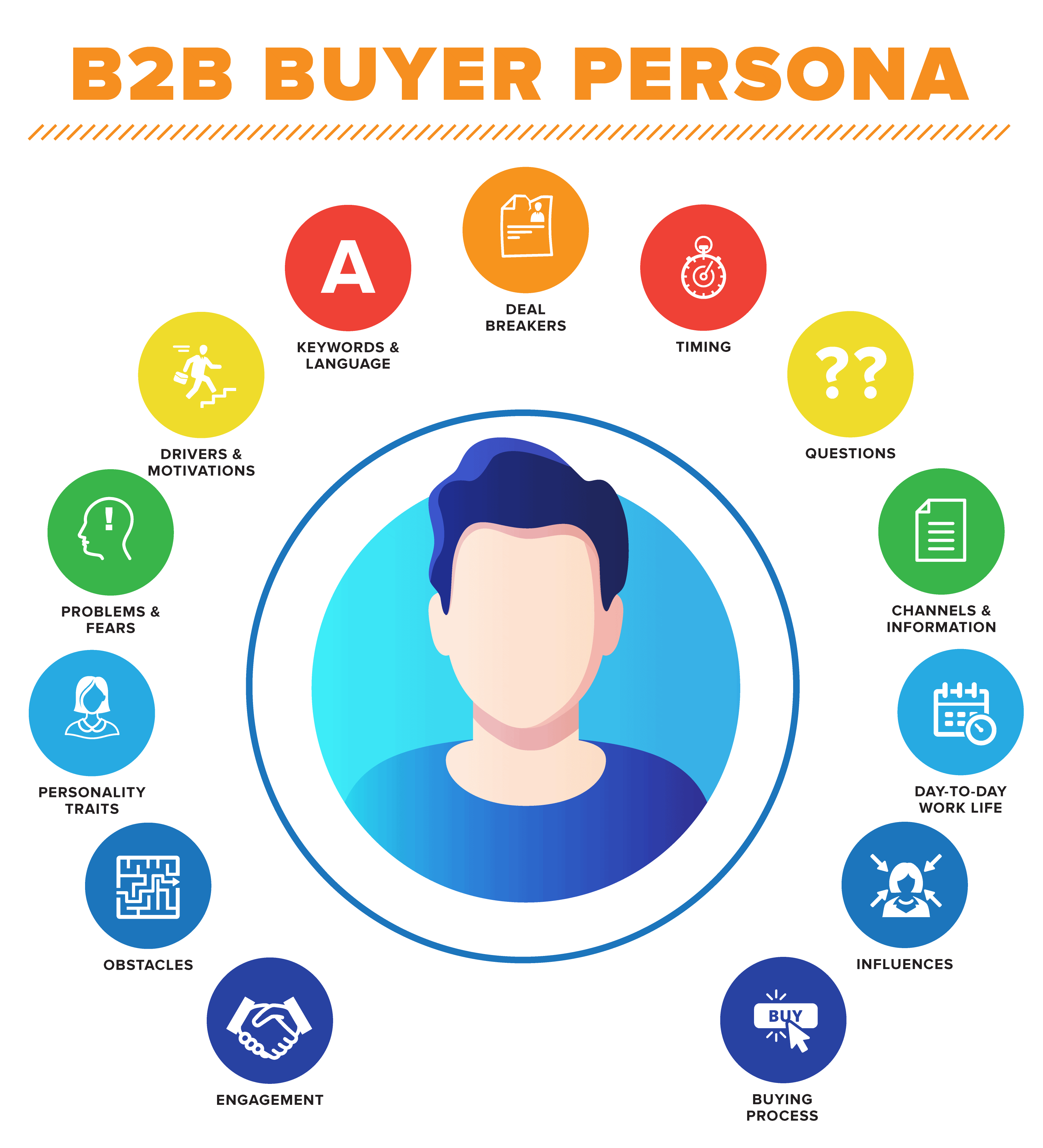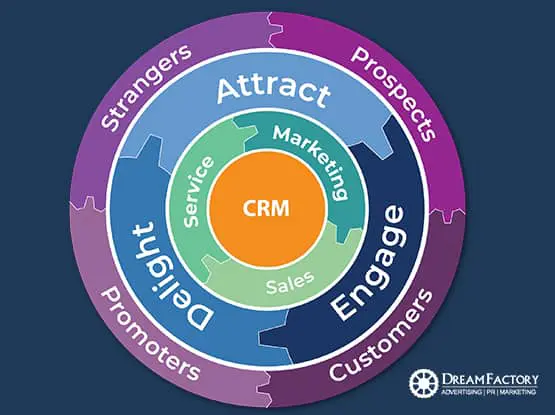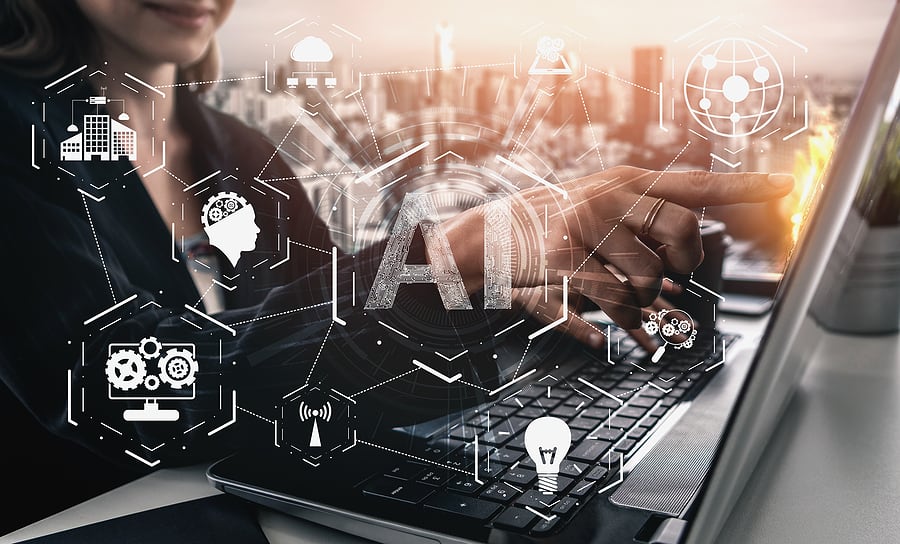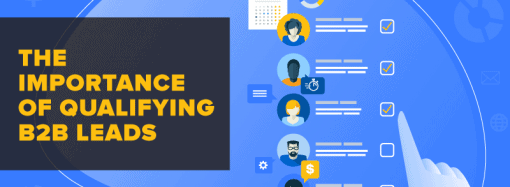Post-Pandemic Marketing Trends: A Marketing Outlook in 2021 and Looking Forward to 2022 Marketing shifted in 2020 during COVID-19, and it’s not going back. As marketers look towards the closing of 2021 and the beginning of 2022, what is the takeaway from the pandemic? How can marketers help companies grow faster or recover? What changed
Post-Pandemic Marketing Trends: A Marketing Outlook in 2021 and Looking Forward to 2022
Marketing shifted in 2020 during COVID-19, and it’s not going back. As marketers look towards the closing of 2021 and the beginning of 2022, what is the takeaway from the pandemic? How can marketers help companies grow faster or recover? What changed during the pandemic, and how can marketers adjust?
Asking these questions is critical for recovery, growth, and marketing success. We’ve done the research and compiled a list of 7 post-pandemic marketing trends that are here to stay.
1. Know the customer segment
2. Put the customer in constant motion with your brand
3. Make agility part of the marketing approach
4. Marketing is part of the C-Suite growth agenda
5. AI
6. Visual Content
7. Get used to cookieless tracking
Why:
The world underwent massive changes during COVID-19, especially in how we all process information and what we expect from companies. As we move forward, these changes are here to stay, and marketing must integrate them.
 Know the customer segment(s)
Know the customer segment(s)

Marketing begins with knowing your customer. Many marketers create a buyer persona to understand their customer base, their target market, and the pain points of customers. However, COVID-19 reinforced what we already knew about the way people interact with brands. They respond better to local messaging and use precise terms specific to their circumstance or needs. This brought to light that marketers need to know their customer segment(s).
This means adjusting marketing tactics for more than just demographics like gender, age, and job title. It’s important to know your customer segment, which includes targeting the customer circumstance as well as geography, values, and what is relevant to them.
Using customer segmentation and personas can shed light on creating marketing approaches and media strategies. These insights can also be translated to aid the full customer journey.
What should you do?
Review your current buyer personas and make adjustments or create more buyer personas based on the different segments of customers you have.
 Customer journey + cycle (flywheel model) – put the customer in constant motion with your brand
Customer journey + cycle (flywheel model) – put the customer in constant motion with your brand

The traditional sales funnel has a major pitfall – it focuses mostly on customer output but not on what happens following a sale. Companies need to turn from a one-time customer mindset to a recurring customer mindset. That means adjusting the sales cycle to show a consistent motion of content and engagement with customers – even after a sale.
Enter the Flywheel Model! This model puts purchasing decisions in the hands of the customers by providing content that informs and entertains them. It also makes customer engagement a collaborative effort among the sales, marketing, and customer service departments. Each team delivers the information and service that helps customers make decisions that best suit their needs.
What are the benefits?
- First, it creates ongoing momentum with the customer at the center of all interactions. Leads receive constant, positive contact with marketing, sales, and customer service teams. They don’t “stop” with one team just because they’ve become a lead or sale. This can end with a customer becoming a brand promoter for your product or service.
- Second, the Flywheel Model creates genuine teamwork among departments in your company to support the overall health and growth of the company.
- Third, it supports revenue-driving marketing and sales. While the Flywheel model is not going to magically produce results, it does support a more agile response from your teams. With this sales model, you can assess your approach to the entire sales process and make changes as needed.
What should you do?
Consider your teams and how they currently interact. Are they siloed? Is the Marketing department creating content that is aligned with sales? These and other questions should come to mind as you brainstorm with your teams on how to incorporate the Flywheel Model.
 Agility is no longer a tech process, but part of the marketing approach
Agility is no longer a tech process, but part of the marketing approach

The outcome of all of this was a new marketing mindset focused on agility. This includes a greater sensitivity and awareness of consumer listening and demand. Operationally, it means faster decision cycles and more flexibility across key areas like creative budgeting and media.
What should you do?
Re-assess your long-term marketing goals often. Meet with your teams on a weekly or monthly basis to gauge customer demand and sentiment. Leave space and room in your marketing strategy to make changes and adjustments with agility as needed.
 Marketing is on the C-suite growth agenda
Marketing is on the C-suite growth agenda

There was a time when marketing was a second thought and an extra cost within the company. In a crisis, it was often the first area to get cut in favor of topline results.
That has changed dramatically, not only with the pandemic but also with the rise of digital marketing and consumerism. Marketing is now an essential part of the c-suite as a driver of transformation, a key leader of the customer journey, and the voice of the consumer. Again, the messaging and climate of the times will inform the c-suite on adjusting to threats and opportunities in the market.
Marketing plays an ongoing central role in the c-suite dialogue – driving the organization’s broader growth and innovation agenda.
What should you do?
Consider the benefits of hiring an agency to help with your strategic marketing and growth agenda. If you are interested in hiring some marketing personnel in-house, consider the benefits of a content creator or copywriter.
 AI
AI

Here are 5 reasons to utilize AI in marketing efforts:
- Developing more customer-centric campaigns
- Sales team can focus on selling
- Better communications between customers and businesses
- Supporting you in content creation
- Help marketers make timely decisions
What should you do?
Get rid of the Excel sheets and plotted data charts! Look into marketing automation systems for your content and other sales interactions, as well as discover what should be in your customer relationship management (CRM) system.
 Visual content is even more important to the buyer journey
Visual content is even more important to the buyer journey

Indeed, sometimes a 3-minute explainer video is so much more appealing than a 10-minute blog on the same topic. Visual content attracts the user, exposes brand voice, and gives businesses an opportunity to showcase their body of work, services, and company culture. This is one of the main keys to building trust with potential customers and plays into the exposure period of the sales cycle. YouTube, by far, has the best ROI for video content.
What should you do?
Get started on your video marketing strategy campaign now! Check out some tips on creating B2B video content for YouTube.
 Cookieless Tracking
Cookieless Tracking
Third-party cookies have played a critical role in digital marketing over the last 10 years. However, with data privacy initiatives at the forefront of consumer demands, cookieless tracking is not far off. As Google gears up to change its policy on cookies in 2022, marketers will have to adjust to the changes that come with anonymous data.
There is no doubt third-party cookies have helped marketers to harvest data on potential customers and leads, but what does cookieless tracking look like? How can marketers find a balance in this system of privacy and security measures while still delivering curated content?
Traditionally, cookies gather user information during a session on a webpage (demographics, attribution, purchase funnel, etc.). Without cookies, one can see the action that was taken, but have no clue who took the action, where they came from, or other previous actions they took in the session.
Cookieless tracking will still collect data, but it’s all anonymous. Cookieless tracking uses scripts that run when a user visits a web page. Once streaming information and data are captured by the script, it’s sent to the analytic server for storage instead of being stored in a cookie on the user’s device.
Benefits:
- Privacy and Security
- Accuracy
- Mobile Tracking
- Cross-device Tracking
What should you do?
It’s still possible to collect data; ask customers directly about their context or needs. This is specifically the data that a customer will intentionally give to a brand, which informs preference, purchase intentions, personal context, and how the individual wants the brand to recognize them.
Humanize Marketing for the Next Decade and Beyond
Marketing is both a creative and a scientific process. Our digital age challenges us to bring those two processes together into a more human experience. Smartphones will not be going anywhere anytime soon, because the demand for connection is real.
Marketers must use automation and AI to bring teams together and focus on reaching consumers with messaging that resonates with not only demographics but values as well.
For some seasoned marketers and c-level people, there’s a period of adjustment ahead. However, just as during the pandemic when we had to adjust messaging to meet the demand and cultural climate, there is familiarity and solidarity amongst all of us. Company revenue goals and marketing strategies must prioritize the perspective of the customer now and in the next era.
Are you looking to gain an updated post pandemic marketing strategy?













